
Durbuy: The Enchanting Pearl of the Ardennes
Discover Durbuy, the world's smallest city, where history, nature, and culture blend seamlessly in the picturesque Ardennes region of Belgium.
Nestled in the heart of the Ardennes, Durbuy is a picturesque gem that claims the title of the world's smallest city. With its cobblestone streets, charming stone houses, and lush surrounding forests, Durbuy is a dream destination for those seeking a blend of history, nature, and tranquility. Wander through the medieval streets and feel as though you've stepped back in time. The city's rich history is evident in its well-preserved architecture and landmarks, such as the 17th-century Château de Durbuy. The castle, perched on a rock overlooking the Ourthe River, offers a glimpse into the past and provides breathtaking views of the surrounding landscape. Durbuy is not just about history; it's also a haven for outdoor enthusiasts. The nearby Ardennes offer a plethora of activities, from hiking and cycling to kayaking and rock climbing. After a day of adventure, indulge in the local cuisine at one of the many cozy restaurants and cafés. Don't miss the chance to taste traditional Belgian dishes and the locally brewed beers. The city's vibrant cultural scene is another highlight. Throughout the year, Durbuy hosts various festivals and events, celebrating everything from jazz music to gastronomy. These events provide a unique opportunity to immerse yourself in the local culture and meet the friendly residents who call Durbuy home. Whether you're a history buff, an outdoor adventurer, or simply in search of a peaceful retreat, Durbuy offers a little something for everyone. Its quaint charm and natural beauty make it a must-visit destination in Belgium.
Local tips in Durbuy
- Visit Durbuy during the quieter weekdays to avoid crowds and enjoy a more serene experience.
- Wear comfortable shoes for exploring the cobblestone streets and hilly terrain.
- Try the local specialty, 'Ardennes ham,' at a traditional restaurant.
- Book your accommodations in advance, especially during festival seasons.
- Take a guided tour to fully appreciate the history and stories behind Durbuy's landmarks.
- Check the local event calendar to catch a festival or cultural event during your visit.
- Explore the nearby nature trails for a taste of the beautiful Ardennes scenery.
Durbuy: The Enchanting Pearl of the Ardennes
Nestled in the heart of the Ardennes, Durbuy is a picturesque gem that claims the title of the world's smallest city. With its cobblestone streets, charming stone houses, and lush surrounding forests, Durbuy is a dream destination for those seeking a blend of history, nature, and tranquility. Wander through the medieval streets and feel as though you've stepped back in time. The city's rich history is evident in its well-preserved architecture and landmarks, such as the 17th-century Château de Durbuy. The castle, perched on a rock overlooking the Ourthe River, offers a glimpse into the past and provides breathtaking views of the surrounding landscape. Durbuy is not just about history; it's also a haven for outdoor enthusiasts. The nearby Ardennes offer a plethora of activities, from hiking and cycling to kayaking and rock climbing. After a day of adventure, indulge in the local cuisine at one of the many cozy restaurants and cafés. Don't miss the chance to taste traditional Belgian dishes and the locally brewed beers. The city's vibrant cultural scene is another highlight. Throughout the year, Durbuy hosts various festivals and events, celebrating everything from jazz music to gastronomy. These events provide a unique opportunity to immerse yourself in the local culture and meet the friendly residents who call Durbuy home. Whether you're a history buff, an outdoor adventurer, or simply in search of a peaceful retreat, Durbuy offers a little something for everyone. Its quaint charm and natural beauty make it a must-visit destination in Belgium.
When is the best time to go to Durbuy?
Iconic landmarks you can’t miss
Adventure Valley Durbuy
Explore Adventure Valley Durbuy, a thrilling amusement park offering fun rides, adventure courses, and outdoor activities for families and thrill-seekers in Belgium.
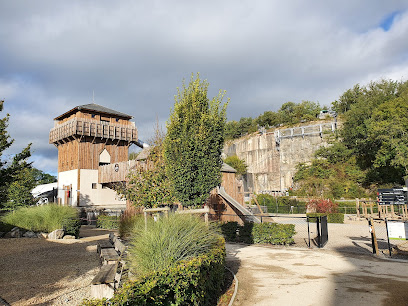
Caves of Hotton
Discover the breathtaking beauty of the Caves of Hotton, Belgium's hidden gem, where nature's artistry awaits beneath the surface.
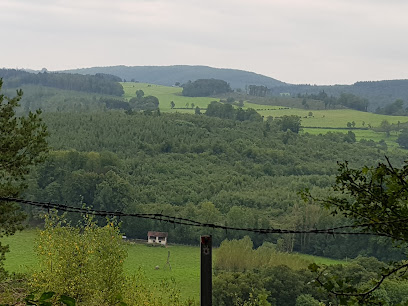
Domaine de Radhadesh
Experience the serene beauty and cultural richness of Domaine de Radhadesh, a unique Hindu temple in the heart of Belgium's picturesque countryside.
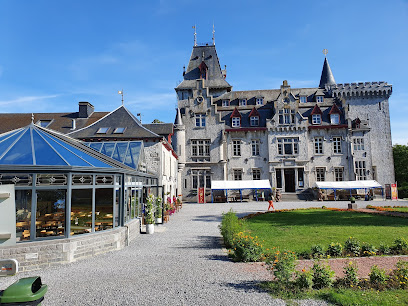
The Labyrinth of Barvaux-sur-Ourthe
Discover the enchanting Labyrinth of Barvaux-sur-Ourthe, a captivating maze offering adventure, nature, and fun for all ages in beautiful Belgium.

Azur en Ardenne
Discover the serene beauty of Durbuy at Azur en Ardenne, a delightful hotel perfect for relaxation and adventure in the heart of the Ardennes.
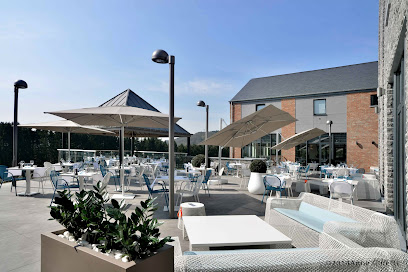
Le Sanglier des Ardennes
Discover the serene beauty of Durbuy at Le Sanglier des Ardennes, where rustic charm meets modern comfort in the heart of the Ardennes.

Topiary Park
Discover the artistry of nature at Topiary Park, a stunning city park in Durbuy featuring whimsical living sculptures and serene landscapes.
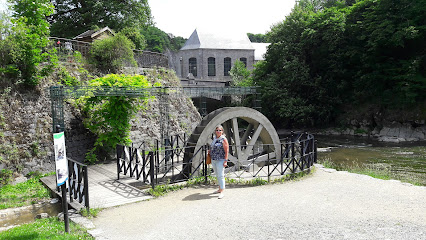
Sunclass Holiday park
Experience the perfect blend of nature and comfort at Sunclass Holiday Park in Durbuy, Belgium - your ideal getaway for relaxation and adventure.

La Bru’sserie
Discover the exquisite flavors of modern European cuisine at La Bru’sserie in Durbuy, where local ingredients meet culinary creativity.
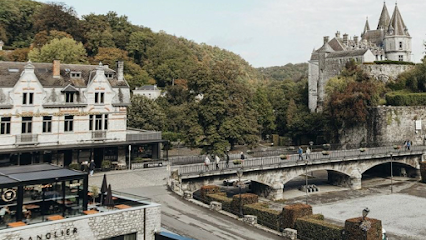
La Balade des Gnomes
Discover the enchanting La Balade des Gnomes in Durbuy, where whimsical design meets comfort for a magical stay in Belgium's picturesque countryside.

Saint-Amour
Experience the enchanting beauty of Durbuy from the comfort of Saint-Amour, a charming hotel perfect for your Belgian getaway.
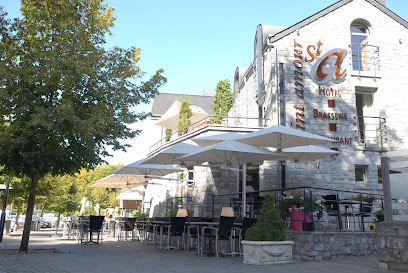
Residence Durbuy
Discover Residence Durbuy: Your serene resort escape in the heart of Belgium, surrounded by nature and adventure.

La Canette
Experience authentic European cuisine at La Canette in Durbuy, where seasonal ingredients meet rustic charm in a delightful dining atmosphere.
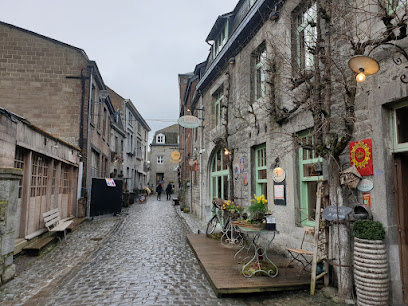
Dolmen of Wéris
Discover the ancient wonder of the Dolmen of Wéris, a prehistoric landmark nestled in the scenic landscapes of Belgium, rich in history and culture.
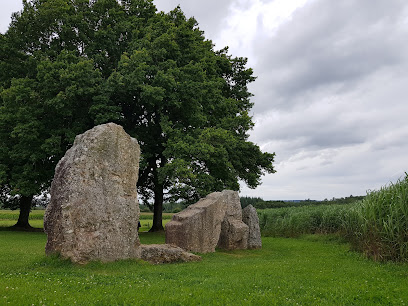
Cave Comblain
Explore the breathtaking beauty of Cave Comblain, a stunning natural wonder in Belgium filled with fascinating geological formations and rich history.
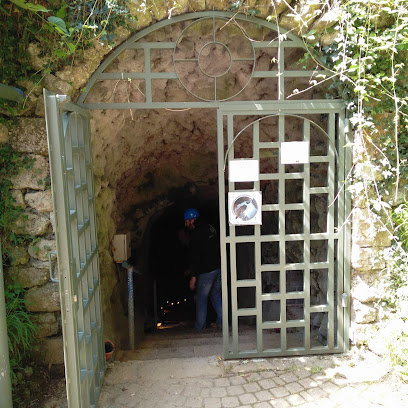
Unmissable attractions to see
Citadelle de Dinant
Discover the Citadelle de Dinant: A historic fortress with stunning views and rich tales of Belgium's past.
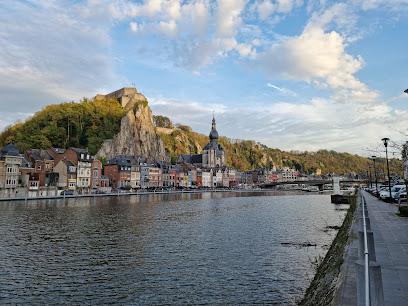
Citadelle de Namur
Explore the Citadelle de Namur, a historical fortress with breathtaking views and lush gardens, perfect for history buffs and nature lovers alike.
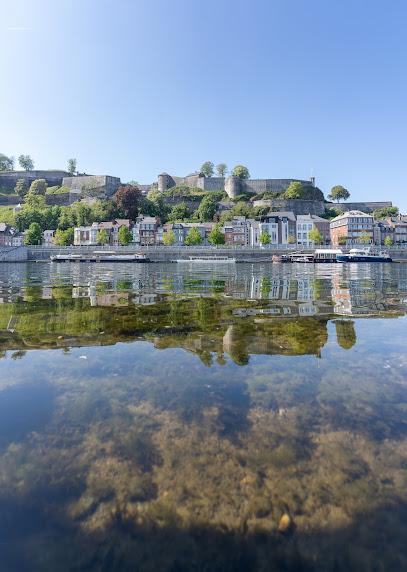
Bastogne War Museum
Explore the Bastogne War Museum to uncover the powerful stories of World War II and the Battle of the Bulge in a captivating and interactive environment.
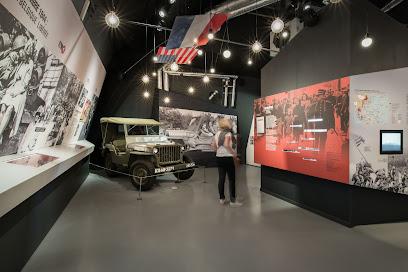
Parc Boverie
Discover the enchanting Parc Boverie in Liège, a serene park with lush landscapes, stunning river views, and a cultural museum experience.
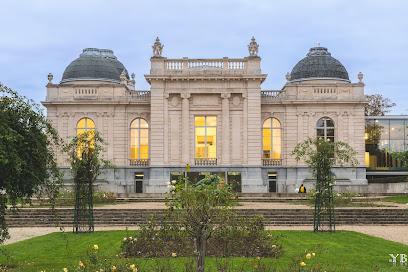
Aquarium-Museum of Liège
Explore the captivating Aquarium-Museum of Liège, where marine wonders meet zoological treasures for an unforgettable family adventure.

Maison Leffe
Explore the rich history of Leffe beer at Maison Leffe, a captivating museum and tasting venue nestled in the heart of Dinant, Belgium.
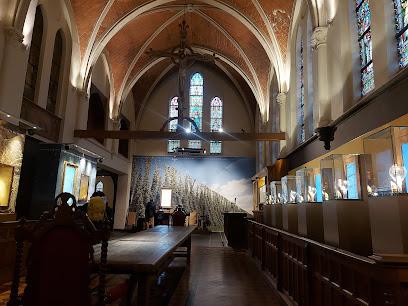
Radhadesh domain
Explore the tranquil Radhadesh Domain in Durbuy - a unique blend of spirituality, history, and delightful culinary experiences await you.
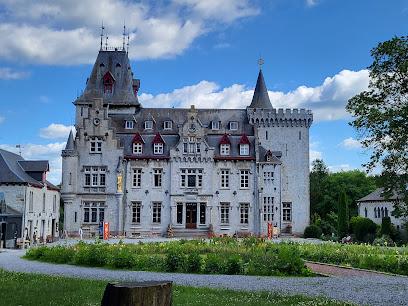
Caves of Hotton
Explore the mesmerizing Caves of Hotton in Belgium, a stunning natural wonder filled with intricate formations and breathtaking underground landscapes.

The Labyrinth of Barvaux-sur-Ourthe
Discover the magical maze of the Labyrinth of Barvaux-sur-Ourthe, a unique tourist attraction perfect for families and adventure seekers in Belgium.
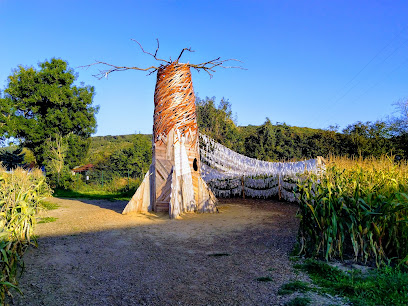
Bastogne Barracks
Explore the Bastogne Barracks, a stunning war museum and tourist attraction that honors the heroic legacy of World War II.
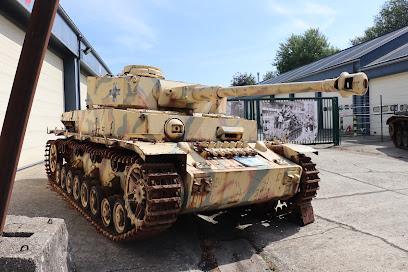
Théâtre de Namur
Experience the vibrant performing arts scene at Théâtre de Namur, where captivating performances and stunning architecture come together in a cultural gem of Belgium.
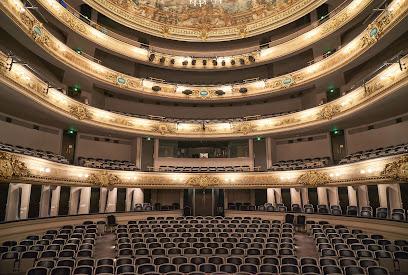
Topiary Park
Explore the whimsical artistry of nature at Topiary Park in Durbuy, where every hedge tells a story and beauty blooms in every corner.
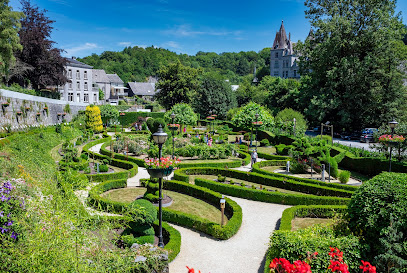
parc Louise-Marie
Experience the serene beauty of Parc Louise-Marie, a beloved city park in Namur, perfect for relaxation and scenic strolls.
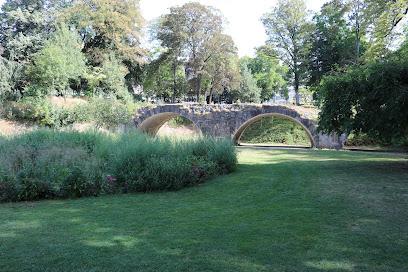
Rocher Bayard
Discover the enchanting Rocher Bayard in Dinant, Belgium – a breathtaking natural wonder rich in history and stunning views.
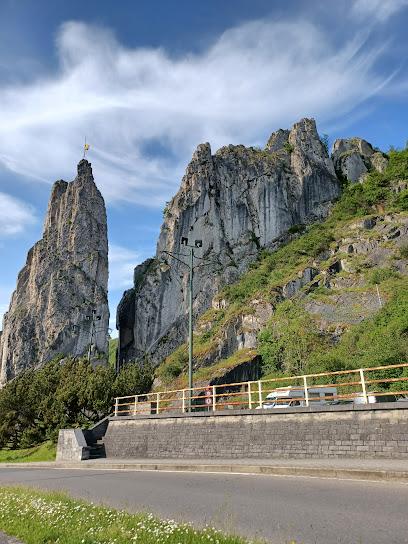
Domain of Bérinzenne
Explore the lush trails and breathtaking views of the Domain of Bérinzenne, a must-visit state park in Spa, Belgium, perfect for nature lovers and adventurers.
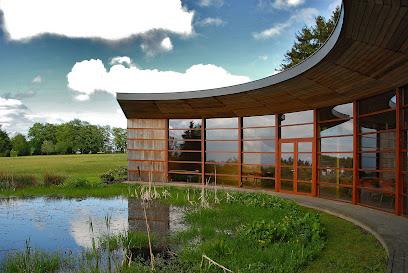
Essential places to dine
Le 7 by Juliette
Discover the culinary delight of tapas at Le 7 by Juliette in Durbuy – where every bite tells a story.
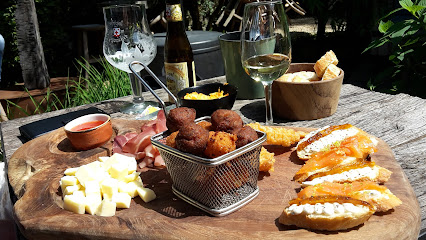
La Passerelle
Experience exquisite Belgian cuisine at La Passerelle in Durbuy—where culinary artistry meets breathtaking views.
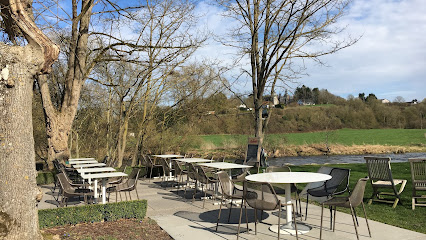
Hôtel-restaurant La Caleche
Discover authentic Belgian cuisine at Hôtel-Restaurant La Caleche in picturesque Durbuy - where tradition meets comfort.
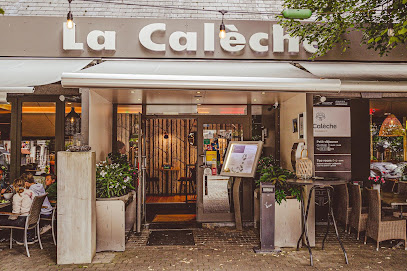
Le Karawa
Discover authentic Belgian flavors at Le Karawa in Durbuy - a culinary gem blending tradition with modern tastes.
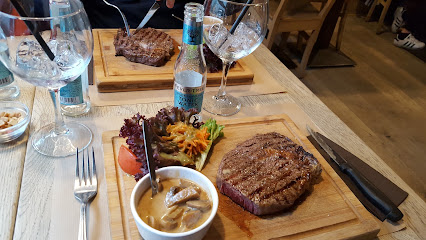
Mama Gusto
Experience authentic Italian cuisine at Mama Gusto in Durbuy – where every meal feels like a trip to Italy.

La Brasserie Ardennaise
Savor authentic Belgian cuisine at La Brasserie Ardennaise in Durbuy – where every dish tells a story.
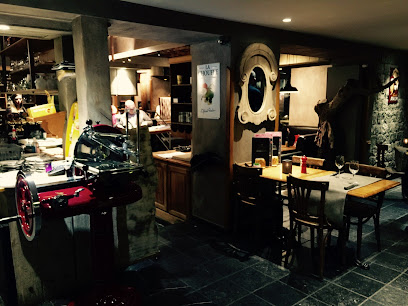
La Bru’sserie
Experience culinary artistry at La Bru’sserie in Durbuy, where modern European cuisine meets local flavors for an unforgettable dining adventure.
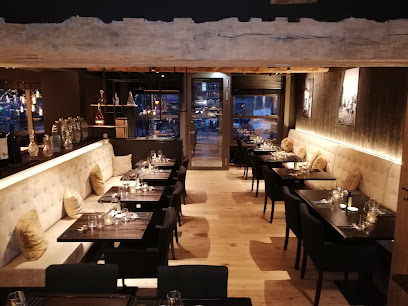
Chez Marie
Experience authentic Belgian cuisine at Chez Marie in Durbuy – where tradition meets flavor in a charming setting.
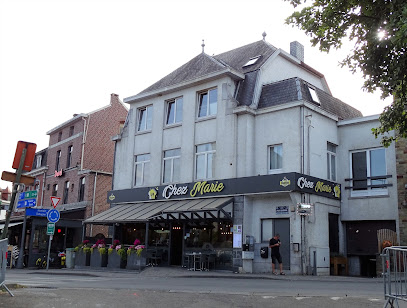
Aux Saveurs de Yasmine
Discover local flavors at Aux Saveurs de Yasmine in Durbuy - where culinary tradition meets modern dining in a cozy atmosphere.
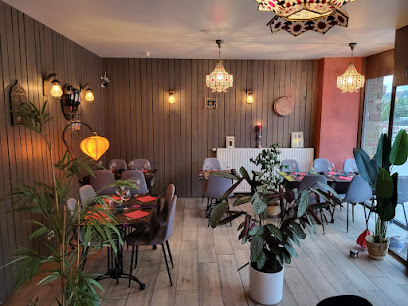
Le Victoria
Discover culinary excellence at Le Victoria in Durbuy – where every meal is a celebration of local flavors and warm hospitality.

La Table de Manon
Experience unparalleled fine dining at La Table de Manon in Durbuy – where local flavors meet culinary artistry for an unforgettable meal.

Le Fou du Roy
Discover the culinary artistry at Le Fou du Roy in Durbuy - where tradition meets modern flavors in an unforgettable dining experience.
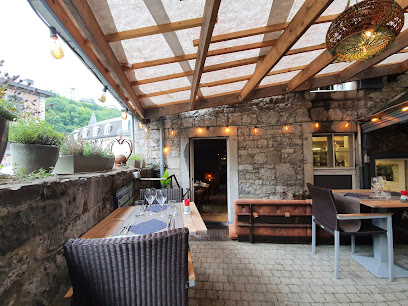
Le Grand Café
Discover delectable dishes at Le Grand Café, where local flavors meet international cuisine in the heart of Durbuy.
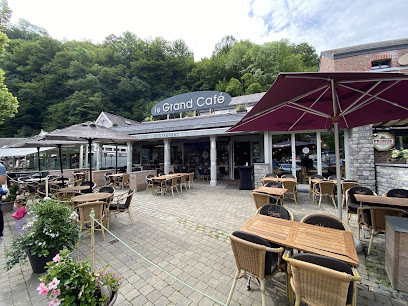
La Canette
Experience exquisite European cuisine at La Canette in Durbuy, where local flavors meet warm hospitality for an unforgettable dining adventure.
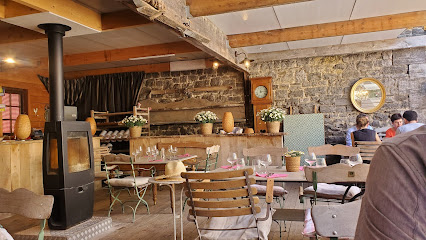
L'Incontournable
Experience authentic Belgian cuisine at L'Incontournable in Durbuy, where cozy ambiance meets delicious local flavors.

Markets, malls and hidden boutiques
Durbuy Dogs Stars
Explore Durbuy Dogs Stars, a premier pet supply store in Durbuy, offering top-quality products and exceptional service for all your pet needs.
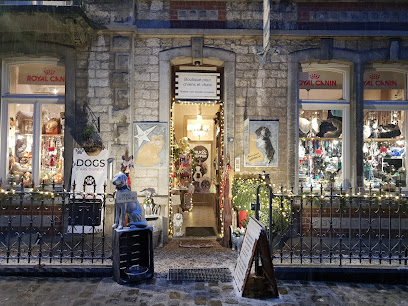
Action Barvaux
Explore Action Barvaux for a unique shopping experience in Belgium, featuring local crafts, DIY supplies, and exceptional gift items.
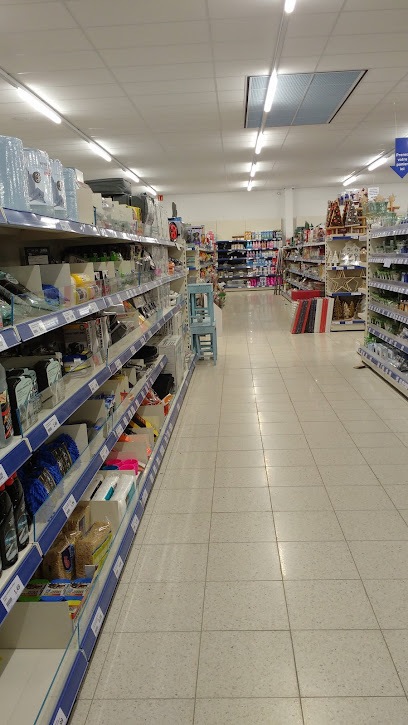
TRAFIC BARVAUX
Explore TRAFIC BARVAUX in Durbuy for an exceptional shopping experience, featuring a diverse selection of goods in a charming atmosphere.
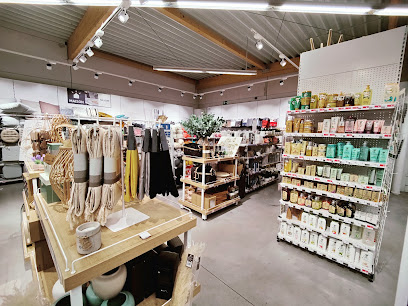
Night & Day Presse 87 Durbuy
Discover a charming bookstore in Durbuy, Belgium, where literature meets local culture in a picturesque setting.
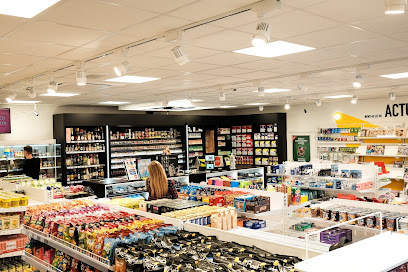
Confiturerie Saint-Amour
Discover artisanal sweets and chocolates at Confiturerie Saint-Amour in Durbuy, where tradition meets exquisite flavor.
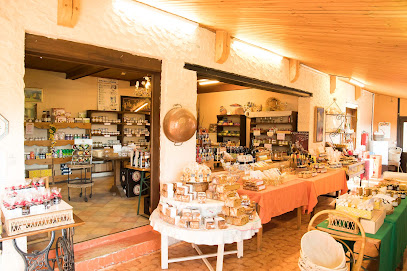
Le Parfumeur De Paris
Discover the enchanting world of fragrances at Le Parfumeur De Paris, a must-visit perfume store in the heart of Durbuy, Belgium.
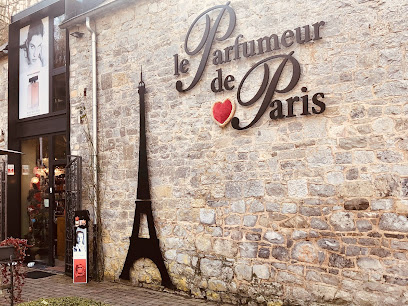
Bonbon Chic Durbuy
Discover the sweetest treasures at Bonbon Chic Durbuy, where handcrafted candies and chocolates create unforgettable moments in the heart of this charming town.
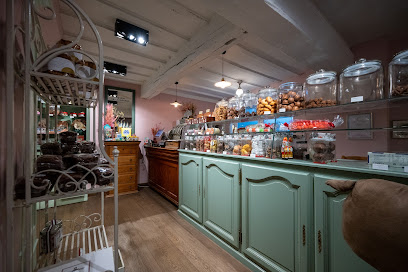
Source & Ressources - Boutique ésotérique
Discover the enchanting world of crystals and esoteric treasures at Source & Ressources in Durbuy, Belgium, a must-visit for spiritual seekers.
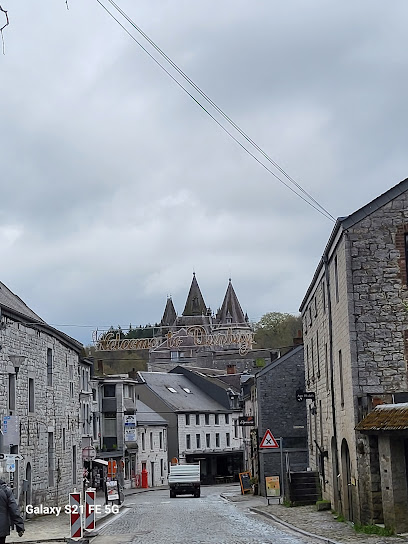
L'épicerie de Durbuy
Discover the authentic taste of Belgium at L'épicerie de Durbuy, a charming grocery store filled with local delights and artisanal products.
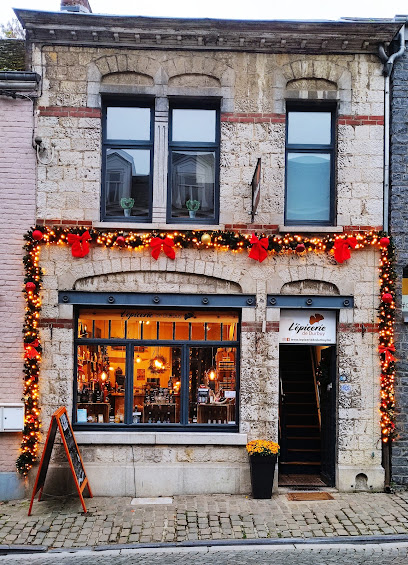
Taste-Tea
Explore the diverse world of teas at Taste-Tea in Durbuy, where every cup tells a story of flavor and tradition.
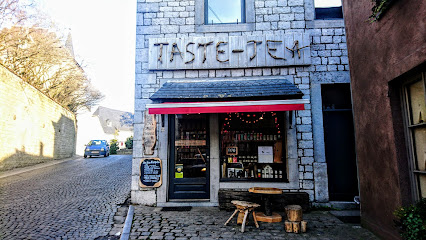
Darcis
Experience the sweetness of Darcis, Durbuy’s premier chocolate shop, offering exquisite handcrafted chocolates that delight every palate.
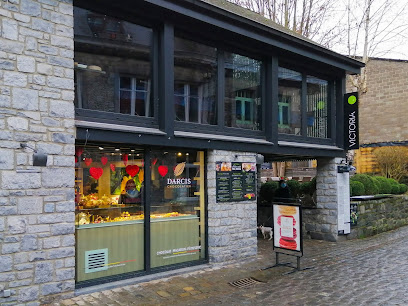
Radhadesh Boutique
Explore Radhadesh Boutique in Durbuy, Belgium for unique gifts that reflect local craftsmanship and culture.
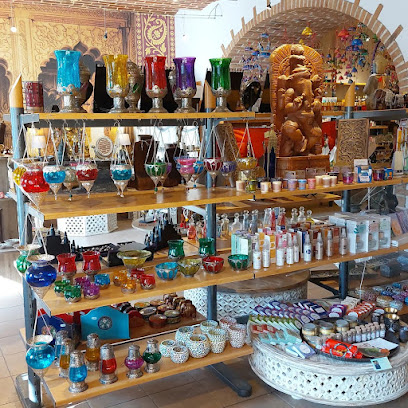
Bel&Bo Barvaux
Explore stylish clothing and accessories at Bel&Bo Barvaux, the perfect destination for fashion lovers in Durbuy, Belgium.
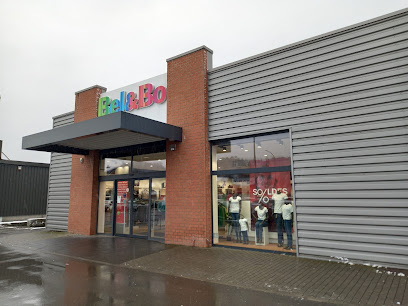
L'Herbe Rouge
Discover timeless elegance and the latest trends at L'Herbe Rouge, Durbuy's premier destination for women's fashion and accessories.
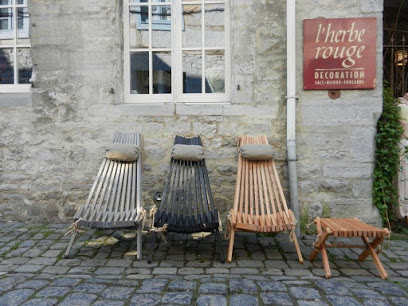
Cinar Cuir
Explore Cinar Cuir, Durbuy's premier clothing store offering a blend of local craftsmanship and contemporary style in a charming setting.
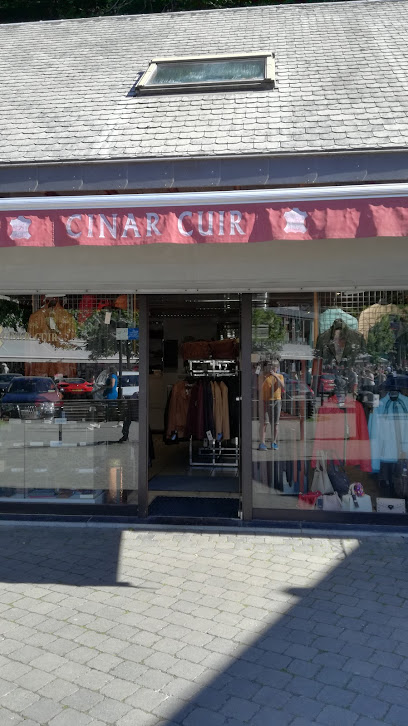
Essential bars & hidden hideouts
Le 7 by Juliette
Experience the delightful fusion of local flavors at Le 7 by Juliette, a charming tapas restaurant in the heart of Durbuy, Belgium.
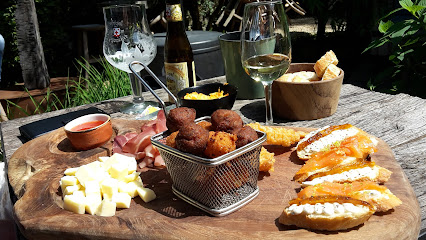
La Brasserie Ardennaise
Experience authentic Belgian flavors at La Brasserie Ardennaise in Durbuy, where culinary tradition meets warm hospitality.
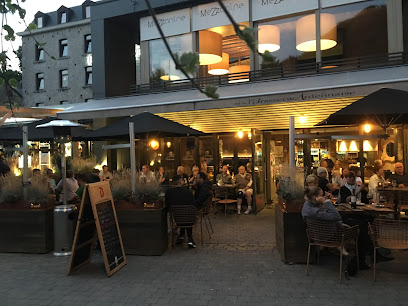
Tortuga
Experience the vibrant nightlife of Durbuy at Tortuga Bar, where delightful drinks meet a warm and welcoming atmosphere.
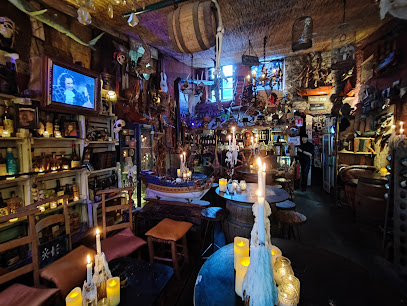
La Canette
Experience the best of European cuisine at La Canette, a charming restaurant in the picturesque town of Durbuy, Belgium.

L'Incontournable
Discover the culinary delights of Belgium at L'Incontournable in Durbuy, a brasserie known for its local flavors and welcoming ambiance.

Taverne du Centre
Experience the flavors of Belgium and France at Taverne du Centre, a charming restaurant in Durbuy offering a delightful culinary journey.
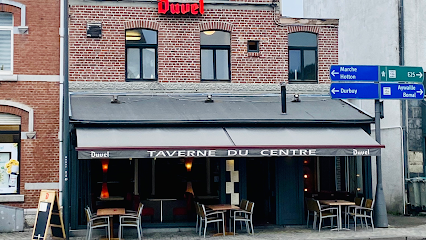
Nul Bar Ailleurs (N.B.A.)
Experience the vibrant flavors of Nul Bar Ailleurs in Durbuy, where tapas and cocktails come together in a charming setting.
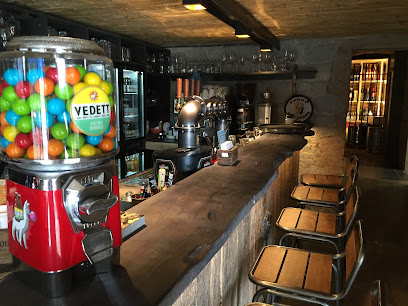
Café Sanglier
Discover the charm of Durbuy at Café Sanglier, where delightful beverages meet cozy surroundings in a welcoming atmosphere.

Pura Cepa
Experience the essence of Belgian cuisine at Pura Cepa, an inviting restaurant in Wéris with exceptional beer and wine selections.

Aux 10 clefs
Experience the best of Belgian cuisine at Aux 10 Clefs in Durbuy, where traditional flavors meet exceptional service in a charming setting.

Le Juliénas
Experience the flavors of Belgium at Le Juliénas, a delightful gastropub in Durbuy offering locally sourced dishes and a cozy atmosphere.
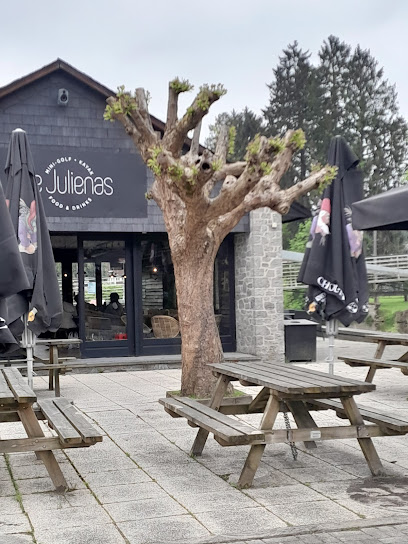
Julia's Juice Bar
Discover Julia's Juice Bar in Durbuy for a refreshing escape with delicious juices, smoothies, and light snacks in a cozy atmosphere.
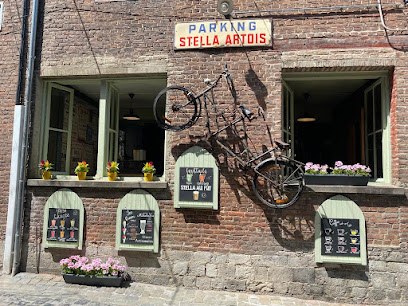
Il Piccolo Mondo
Discover Il Piccolo Mondo, a charming bar in Durbuy, offering a delightful selection of drinks and a warm atmosphere for an unforgettable experience.
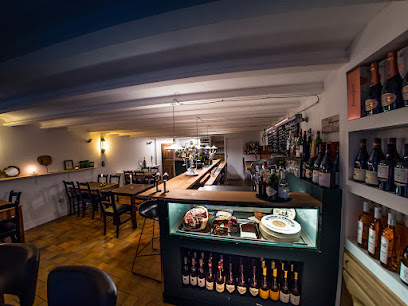
Les Racines
Discover the cozy charm of Les Racines, a beloved pub in Durbuy offering local brews, hearty meals, and a taste of Belgian hospitality.
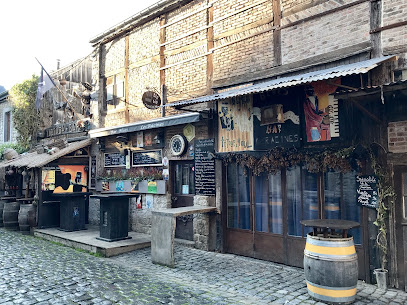
La MeZzanine
Discover the vibrant nightlife of Durbuy at La MeZzanine, a charming bar perfect for unwinding with friends and enjoying local drinks.

Local Phrases
-
- HelloBonjour
[bon-zhoor] - GoodbyeAu revoir
[oh ruh-vwahr] - YesOui
[wee] - NoNon
[nohn] - Please/You're welcomeS'il vous plaît / De rien
[seel voo pleh / de ree-ahn] - Thank youMerci
[mehr-see] - Excuse me/SorryExcusez-moi / Désolé
[eks-kew-zay mwah / day-zoh-lay] - How are you?Comment ça va?
[koh-mohn sah vah] - Fine. And you?Bien. Et vous?
[byen. ay voo] - Do you speak English?Parlez-vous anglais?
[par-lay voo ahng-glay] - I don't understandJe ne comprends pas
[zhuh nuh kohm-prahnd pah]
- HelloBonjour
-
- I'd like to see the menu, pleaseJe voudrais voir la carte, s'il vous plaît
[zhuh voo-dray vwahr lah kart, seel voo pleh] - I don't eat meatJe ne mange pas de viande
[zhuh nuh mahnj pah duh vee-ahnd] - Cheers!Santé!
[sahn-tay] - I would like to pay, pleaseJe voudrais payer, s'il vous plaît
[zhuh voo-dray pay-ay, seel voo pleh]
- I'd like to see the menu, pleaseJe voudrais voir la carte, s'il vous plaît
-
- Help!Au secours!
[oh suh-koor] - Go away!Allez-vous en!
[ah-lay vooz ahn] - Call the Police!Appelez la police!
[ah-puh-lay lah pee-leece] - Call a doctor!Appelez un médecin!
[ah-puh-lay uh meh-duh-sahn] - I'm lostJe suis perdu
[zhuh swee pair-doo] - I'm illJe suis malade
[zhuh swee mah-lahd]
- Help!Au secours!
-
- I'd like to buy...Je voudrais acheter...
[zhuh voo-dray zah-shtay...] - I'm just lookingJe regarde juste
[zhuh ruh-gard zhewst] - How much is it?Combien ça coûte?
[kohm-byen sah koot] - That's too expensiveC'est trop cher
[say troh shehr] - Can you lower the price?Pouvez-vous baisser le prix?
[poo-vay voo beh-say luh pree]
- I'd like to buy...Je voudrais acheter...
-
- What time is it?Quelle heure est-il?
[kel uhr eh-teel] - It's one o'clockIl est une heure
[eel ehz oon uhr] - Half past (10)Dix heures et demie
[dees uhr ay duh-mee] - MorningMatin
[mah-tahn] - AfternoonAprès-midi
[ah-pray mee-dee] - EveningSoir
[swahr] - YesterdayHier
[yehr] - TodayAujourd'hui
[oh-zhoor dewee] - TomorrowDemain
[duh-mahn] - 1Un
[uh] - 2Deux
[duh] - 3Trois
[twa] - 4Quatre
[kah-truh] - 5Cinq
[sank] - 6Six
[sees] - 7Sept
[set] - 8Huit
[weet] - 9Neuf
[nuff] - 10Dix
[dees]
- What time is it?Quelle heure est-il?
-
- Where's a/the...?Où est un/le...?
[oo eh uh/luh] - What's the address?Quelle est l'adresse?
[kel eh lah-dress] - Can you show me (on the map)?Pouvez-vous me montrer (sur la carte)?
[poo-vay voo muh mohn-tray (soor lah kart)] - When's the next (bus)?Quand est le prochain (bus)?
[kahn eh luh proh-shahn (boos)] - A ticket (to ....)Un billet (pour ...)
[uhn bee-yay (poor)]
- Where's a/the...?Où est un/le...?
History of Durbuy
-
Durbuy's origins date back to the Roman era, where it was first established as a small settlement. However, it wasn't until the medieval period that Durbuy began to flourish. By the 11th century, it had grown into an important trading post, benefiting from its strategic location by the Ourthe River. In 1331, Durbuy was granted city status by John I, Count of Luxembourg and King of Bohemia, marking the beginning of its historical significance in the region.
-
The centerpiece of Durbuy's historical landscape is its castle, Château de Durbuy. Originally constructed in the 9th century as a wooden fortress, it was later rebuilt in stone during the 11th and 12th centuries. The castle has seen numerous renovations and reconstructions over the centuries, serving as a residence for nobility and a military stronghold. Today, it stands as a symbol of the town's medieval heritage and offers visitors a glimpse into its storied past.
-
Durbuy's historical charm is encapsulated in its well-preserved medieval layout and cobbled streets. The town's market square, Place aux Foires, has been the heart of local commerce and social life for centuries. Surrounded by historic buildings, including the town hall and several centuries-old houses, the square offers a picturesque setting that transports visitors back in time. The narrow, winding streets that branch out from the square are lined with charming boutiques, cafes, and artisanal shops, reflecting the town's enduring cultural heritage.
-
The advent of the Industrial Revolution in the 19th century brought significant changes to Durbuy. The development of new transportation routes and industrial centers in other parts of Belgium led to a decline in Durbuy's economic importance. However, this period also saw the town's transformation into a quaint, picturesque destination, as its historical architecture and serene natural surroundings began attracting artists, writers, and tourists seeking a peaceful retreat.
-
In the 20th century, Durbuy experienced a renaissance as a tourist destination. Efforts to preserve and restore its historical buildings and landscapes paid off, and the town became renowned for its beauty and charm. The creation of the Topiary Park, featuring meticulously sculpted plant displays, further enhanced its appeal. Today, Durbuy is celebrated as one of the smallest cities in the world, drawing visitors from all over who come to explore its rich history, cultural attractions, and scenic landscapes.
Durbuy Essentials
-
Durbuy is located in the Walloon Region of Belgium. The nearest major airport is Brussels Airport, approximately 120 kilometers away. From Brussels, you can take a train to Barvaux-sur-Ourthe, which is the closest train station to Durbuy, and then a taxi or local bus to reach the town. Alternatively, you can drive from Brussels to Durbuy, which takes about 1.5 to 2 hours via the E411 and N63 highways.
-
Durbuy is a small town, and many of its attractions are within walking distance. For exploring the surrounding areas, local buses and taxis are available. Renting a car is also a convenient option for those who wish to explore the Ardennes region at their own pace. Bicycles can be rented locally for a more eco-friendly way to explore the scenic countryside.
-
The official currency in Belgium is the Euro (EUR). Credit and debit cards are widely accepted in most hotels, restaurants, and shops in Durbuy. However, it is advisable to carry some cash for smaller establishments and rural areas. ATMs are available in the town for cash withdrawals.
-
Durbuy is generally a very safe destination for tourists. The crime rate is low, and violent crime is rare. However, it is always a good idea to take standard precautions: keep an eye on your belongings, avoid leaving valuables unattended, and stay aware of your surroundings, especially in crowded areas. There are no specific high-crime areas targeting tourists in Durbuy.
-
In case of emergency, dial 112 for immediate assistance. This number connects you to emergency services for police, fire, and medical help. The local police station and medical facilities are available in Durbuy. It is recommended to have travel insurance that covers medical emergencies. Pharmacies are present in the town for over-the-counter medications and minor health issues.
-
Fashion: Do dress comfortably and appropriately for the weather. Casual attire is generally acceptable. Avoid overly revealing clothing. Religion: Do respect local religious customs, especially when visiting churches. Public Transport: Do be courteous and give up your seat to elderly passengers. Don't eat or drink on public transport. Greetings: Do greet people with a smile and a handshake. It's polite to say 'Bonjour' (Good day) or 'Bonsoir' (Good evening). Eating & Drinking: Do try local specialties such as Ardennes ham and Belgian waffles. Don't refuse hospitality or invitations to try local dishes, as it is considered impolite.
-
To experience Durbuy like a local, visit the weekly market where you can buy fresh produce and local crafts. Engage with the locals, who are often friendly and willing to share stories about the town's history and culture. Don't miss the topiary park, which features impressive topiary art. For a unique experience, take a walk along the Ourthe River and explore the numerous hiking trails around the town. Sampling local beers at a café is also a must-do.
Trending Landmark in Durbuy
Nearby Cities to Durbuy
-
Things To Do in La Roche-en-Ardenne
-
Things To Do in Liege
-
Things To Do in Spa
-
Things To Do in Dinant
-
Things To Do in Namur
-
Things To Do in Clervaux
-
Things To Do in Wiltz
-
Things To Do in Aachen
-
Things To Do in Hasselt
-
Things To Do in Maastricht
-
Things To Do in Genk
-
Things To Do in Louvain-la-Neuve
-
Things To Do in Vianden
-
Things To Do in Diekirch
-
Things To Do in Arlon










